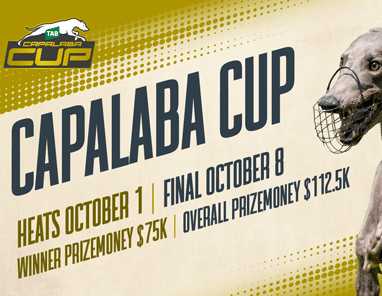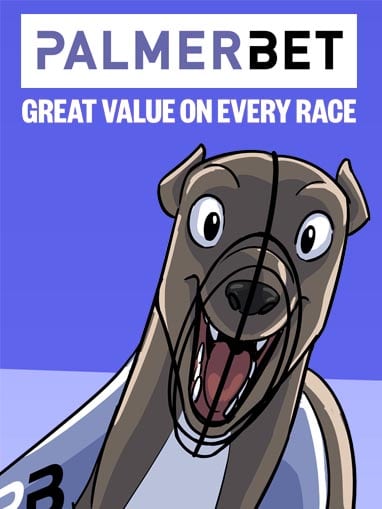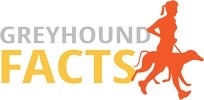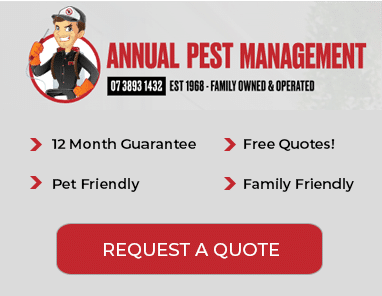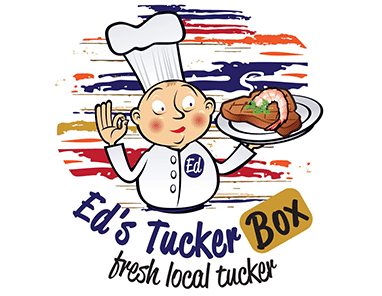
By David Brasch
DENNIS and Ann Barnes have been in greyhound racing together for 48 years and in that time have left their mark on the breeding industry to the stage the ‘Fancy’ and ‘Nangar’ lines are almost as well known as ‘Bale’.
Dennis got interested in greyhound racing after meeting Ann the daughter of Bill and Peg Miller who were ‘good breeders’ of a greyhound. They taught him the basics and from then on he and Ann have perfected the business.
The Cudal education track they and their family have run for decades is among the best in the business.
So, with that in mind, I thought it best to give Dennis a voice on breeding and rearing the greyhound.
“Rearing is everything,” Dennis told Chase Newspaper. “I have three rules. Number one is their breeding, number two is the rearing, and number three is what they are fed.
“In that order.”
Dennis says rearing starts from the moment the pups are born.
“They get into an acre paddock very early on in their life,” he said. “From three to four months we move them up to have access to a 10-acre paddock every single day.
“Big paddocks are the secret to rearing properly,” he says. “We have lots of room here so we have a number of paddocks to cater for our pups. All of them have got dams.
“Our pups are handled every single day and every day they go out into the 10-acre paddock, sometimes we will leave them out in the paddock all day, but generally it is for a couple of hours at least.”
Feeding is beef and kibble, lots of milk … and that’s all.
“We get all our own beef, some from local farmers and it is the best quality we can get,” he said. “We feed stews three times a week. But the secret to rearing is LOTS of running.”
Decades ago, Dennis realised he needed to tap into a productive damline to give he and Ann their best opportunity of success.
“I’d broken in some of Bruce Gay’s dogs and found him to be a champion bloke,” said Dennis. “And he had a very good damline. His bitch Gay’s Fancy had been mated to Irish stud dog Barneys Alarm and Bruce said I could buy some.
“It was the first time that damline had been outcrossed.”
Gay’s Fancy (West Cape-Fancy You) was a high class race bitch, a finalist in the St Leger, Vic Peters and Young Star Classic.
“I bought a dog and two bitches,” said Dennis. “The dog won a couple in Sydney, one of the bitches would not chase at all, but the other one Miss Fancy, she was a magnificent looking bitch at 30 kilos, beautiful conformation and she started us off.
“She won five in Sydney, probably the best of those in 30.40, but she was a good chaser and could win coming from behind.”
It is that statement about chase that Dennis says is imperative in breeding … despite there always being exceptions to every rule.
“My criteria for using a broodbitch is to get a fast bitch from an established damline,” he said.
“But, I have a story about Fancy Jaffa (Collision-Flash Fancy). She was a very fast bitch who could trial 30.60 on the old Richmond track, but she would not go in a field.
“I sold her with her new owners knowing exactly what she was like. But, remember, she could run very fast even if it was only on her own. She became the dam of such great dogs as Burn One Down, Buck Forty, Zulu Zeus, Zulu Zircon.”
Dennis says his number one criteria for breeding with a female is that she must be able to run.
“That might mean she can run 29.50 at Dubbo in top grade,” he said.
He says choosing a stud dog is just about the same.
“I look for a stud dog that comes from a very good damline,” he said. “In fact, I want it to be a damline that is even better than my own.
“I also look for a very fast dog, more of a Harold Park, one-turn track dog. In the Harold Park days, the best from that track always became the best stud dogs. Greats like Black Top, Brother Fox and the likes were all great at Harold Park.
“Those big one-turn tracks, like they have in Victoria, allow the very best dogs to come through and win.”
He says he is never influenced by what is breaking in good, or bad, at his Cudal track. “So much depends on what people have done with their pups leading to the education process,” he said.
“I put a lot of work into breeding our pups.
“I am also a great believer in outcrossing to reinvigorate a damline. Paul Wheeler has had a lot of success doing this. But, normally I will wait to see an outcross sire is proven in this country.”
Dennis is adamant the success of any litter is 50-50 sire and dam.
“When we first bred with Miss Fancy, we put her to Worthy Reward and I don’t think they ever won a race. I was ready to jump off The Gap. But her litters from then on all worked out fine.
“We have had a lot of success with Collision, and everyone knows Go Wild Teddy puts in the chase.
“Barcia Bale and Fernando Bale are great sires. No one can doubt that.”
When selecting his bitches to breed with, Dennis generally sticks with the ‘good, strong sprinters’.
His advice for anyone wanting to develop their own successful damline is to not try to breed such a damline, but tap into already successful lines.
“It can take far too long to breed your own lines,” he said. “It is much easier to tap into a damline that is already proven.”
And he has some thoughts on the temperament of the bitches he wants to use.
“The best producers are the best mothers to their pups,” he said. “The ones that are not motherly, will push away their pups, don’t make a lot of milk … their pups often do not turn out.
“Yappy bitches will produce yappy pups. Bitches that are a bit mad, over the top, will produce the same in their pups.
“The good and great broodbitches have the best nature.”
It is words of wisdom that have stood Dennis and Ann Barnes in good stead in almost 50 years in the greyhound industry.



